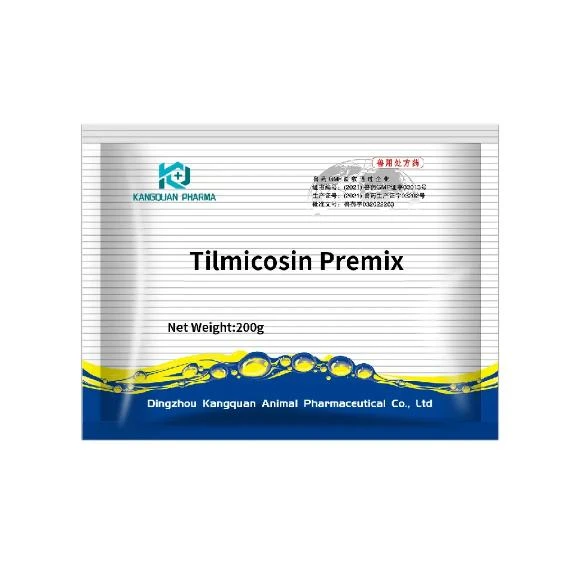- Afrikaans
- Albanian
- Amharic
- Arabic
- Armenian
- Azerbaijani
- Basque
- Belarusian
- Bengali
- Bosnian
- Bulgarian
- Catalan
- Cebuano
- Corsican
- Croatian
- Czech
- Danish
- Dutch
- English
- Esperanto
- Estonian
- Finnish
- French
- Frisian
- Galician
- Georgian
- German
- Greek
- Gujarati
- Haitian Creole
- hausa
- hawaiian
- Hebrew
- Hindi
- Miao
- Hungarian
- Icelandic
- igbo
- Indonesian
- irish
- Italian
- Japanese
- Javanese
- Kannada
- kazakh
- Khmer
- Rwandese
- Korean
- Kurdish
- Kyrgyz
- Lao
- Latin
- Latvian
- Lithuanian
- Luxembourgish
- Macedonian
- Malgashi
- Malay
- Malayalam
- Maltese
- Maori
- Marathi
- Mongolian
- Myanmar
- Nepali
- Norwegian
- Norwegian
- Occitan
- Pashto
- Persian
- Polish
- Portuguese
- Punjabi
- Romanian
- Russian
- Samoan
- Scottish Gaelic
- Serbian
- Sesotho
- Shona
- Sindhi
- Sinhala
- Slovak
- Slovenian
- Somali
- Spanish
- Sundanese
- Swahili
- Swedish
- Tagalog
- Tajik
- Tamil
- Tatar
- Telugu
- Thai
- Turkish
- Turkmen
- Ukrainian
- Urdu
- Uighur
- Uzbek
- Vietnamese
- Welsh
- Bantu
- Yiddish
- Yoruba
- Zulu
Nov . 06, 2024 11:31 Back to list
Veterinary Applications and Benefits of Tylosin Injection in Animal Health
Tylosin Injection Veterinary Uses and Benefits
Tylosin is a macrolide antibiotic that is commonly used in veterinary medicine to treat a variety of bacterial infections in animals. Its primary application is in livestock and poultry, but it is also utilized in companion animals. Tylosin is known for its broad-spectrum antimicrobial activity, making it an essential tool for veterinarians in managing infectious diseases.
Mechanism of Action
Tylosin works by inhibiting bacterial protein synthesis. It binds to the 50S subunit of the bacterial ribosome, preventing the translation of mRNA into proteins. This action disrupts bacterial growth and replication, effectively controlling the infection. Tylosin is particularly effective against Gram-positive bacteria and certain Gram-negative strains. It is also beneficial in treating mycoplasma infections, which are notoriously difficult to manage due to their unique characteristics.
Uses in Livestock
In livestock, tylosin is predominantly used in the treatment and prevention of respiratory and gastrointestinal infections. For instance, swine are particularly susceptible to diseases caused by Mycoplasma hyopneumoniae, leading to enzootic pneumonia. Tylosin has shown efficacy in controlling respiratory issues in pigs, thus improving growth rates and overall productivity.
Additionally, tylosin is often administered to cattle for the treatment of specific infections and as a growth promoter. The use of tylosin in feedlot cattle helps reduce the incidence of liver abscesses caused by Fusobacterium necrophorum. Moreover, it aids in preventing and managing bovine respiratory disease (BRD), one of the leading causes of mortality in young cattle.
Poultry also benefit from tylosin treatment, particularly in managing infections caused by Mycoplasma gallisepticum and Escherichia coli. By administering tylosin in drinking water or feed, poultry farmers can safeguard their flocks from respiratory diseases, thereby enhancing overall health and production efficiency.
tylosin injection veterinary uses

Use in Companion Animals
Tylosin is not limited to livestock; it also finds applications in treating companion animals, particularly in dogs and cats. It is often prescribed for gastrointestinal diseases such as chronic diarrhea caused by bacterial infections, inflammatory bowel disease (IBD), or associated conditions. Tylosin’s ability to alter gut flora helps restore balance in the intestinal microbiome, leading to improved digestive health.
Moreover, tylosin is sometimes used as part of a regimen for dental-related infections in pets due to its antibacterial properties. It can help manage periodontitis and other oral infections in dogs and cats, preventing further complications and promoting overall oral health.
Administration and Dosage
Tylosin is available in various forms, including injectable solutions and oral preparations. The method of administration depends on the type of animal, the severity of the infection, and veterinary preference. For livestock, it is commonly administered via injection or incorporated into feed or water. In companion animals, veterinarians typically prescribe oral tablets or liquids.
It is crucial that the dosage is determined by a veterinarian, as improper use can lead to resistance and ineffective treatment. Following the recommended withdrawal times before slaughter is also essential to ensure that residues of the antibiotic do not remain in meat products, thus safeguarding public health.
Conclusion
Tylosin injection plays a significant role in modern veterinary medicine, offering a reliable solution for treating a variety of bacterial infections in both livestock and companion animals. Its versatile applications, coupled with an effective mechanism of action, make it an invaluable tool for veterinarians. With appropriate use, tylosin not only enhances animal health but also contributes to improved agricultural productivity and food safety. As with any antibiotic, responsible use and adherence to dosage guidelines are paramount to preventing resistance and ensuring the continued efficacy of this critical veterinary medication.
-
Guide to Oxytetracycline Injection
NewsMar.27,2025
-
Guide to Colistin Sulphate
NewsMar.27,2025
-
Gentamicin Sulfate: Uses, Price, And Key Information
NewsMar.27,2025
-
Enrofloxacin Injection: Uses, Price, And Supplier Information
NewsMar.27,2025
-
Dexamethasone Sodium Phosphate Injection: Uses, Price, And Key Information
NewsMar.27,2025
-
Albendazole Tablet: Uses, Dosage, Cost, And Key Information
NewsMar.27,2025













